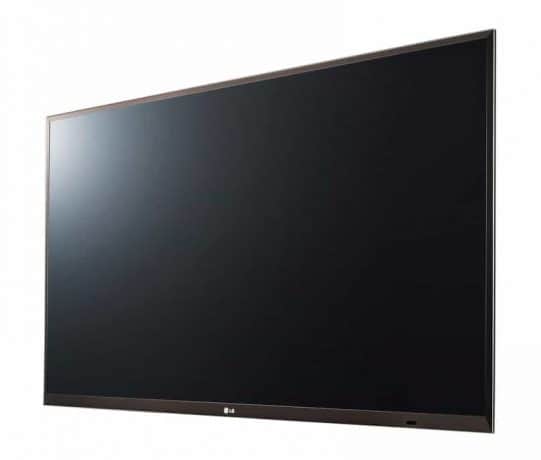
Many of our customers ask us our opinion on the type of screen or monitor to deploy in their digital merchandising system. Having been in business for over 11 years, K&D has seen a great evolution in screen technology. We currently are huge fans of LED screens and wanted to devote some time and space to tell you why.
LED screens carry a number of advantages over regular LCD screens with CCFL backlighting. First of all, LED’s are considerably smaller than CCFL tubes, which means LED screens can be made much thinner. These days, most screens that measure under an inch thick are made with LED because they add very little depth to the display profile.
LED’s also consume less power than their CCFL counterparts, but the most important difference between the two is a feature called local dimming – a selective lighting technique that allows for deeper blacks and better overall picture.
The problem with CCFL backlighting is that fluorescent tubes must light the entire screen evenly, so designers have no way to vary the backlighting intensity in different parts of the screen. Even if you want to show a single white pixel on an all-black screen, the light in the back needs to be blazing away at full brightness. LED screens offer a solution to this with local dimming. The idea behind this technique is to control the output of the LEDs so that, rather than be on at full brightness all the time, they can be dimmed or turned off entirely.
This makes for much better black levels and contrast. Think of a space scene. You’ve got this big pool of black, interrupted by little dots of brightness (stars) and maybe one bright object (perhaps a planet or spaceship) in the middle. This is an extremely difficult image to pull off well because LCD panels aren’t that great at blocking out all of the light coming from the backlights. That’s where local dimming can come in handy. With this feature, the TV can shut off all the lights it doesn’t need and just use the right ones to make the stars and spaceship nice and bright.
However, it should be noted that not all LED TV’s come equipped with local dimming. Broadly speaking, LED TV’s come in two varieties: edge-lit and full-array, and only full-array screens can pull off local dimming well enough to compete with plasma TVs on a respectable level. Recently, some manufacturers have developed edge-lit televisions with local dimming functionality but due to the way they’re built, they generally can’t ”turn off” different parts of the screen intelligently the same way a full-array set can. When buying an LED screen, make sure you know whether it’s edge-lit or full-array before you pull out your wallet.
What does all this mean? Well, if you can afford one, an LED-backlit HDTV is the way to go. These badboys are thin, easy to mount, energy efficient, and can produce a great picture – but all these benefits come at a premium. If you’re on a budget but you still want a great picture, look for a good plasma screen. They’re power hungry and usually a bit on the bulky side, but offer a cinematic experience similar to what you’ll get on an LED TV, and for not nearly as much money. CCFL backlit LCD TV’s are going the way of the Dodo, but might be the only option if you’re working with a limited budget.
Special thanks to Digital Trends for much of this content
Leave a Reply